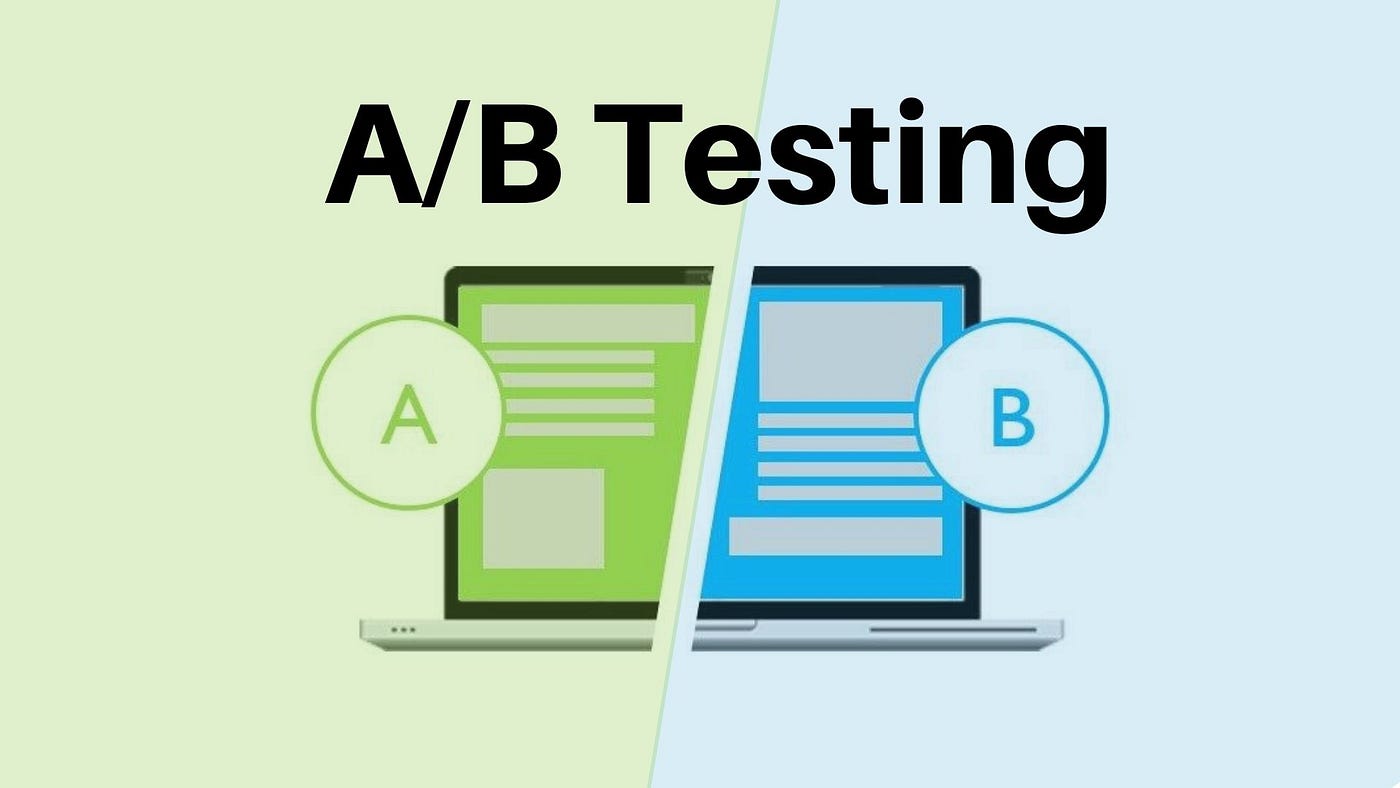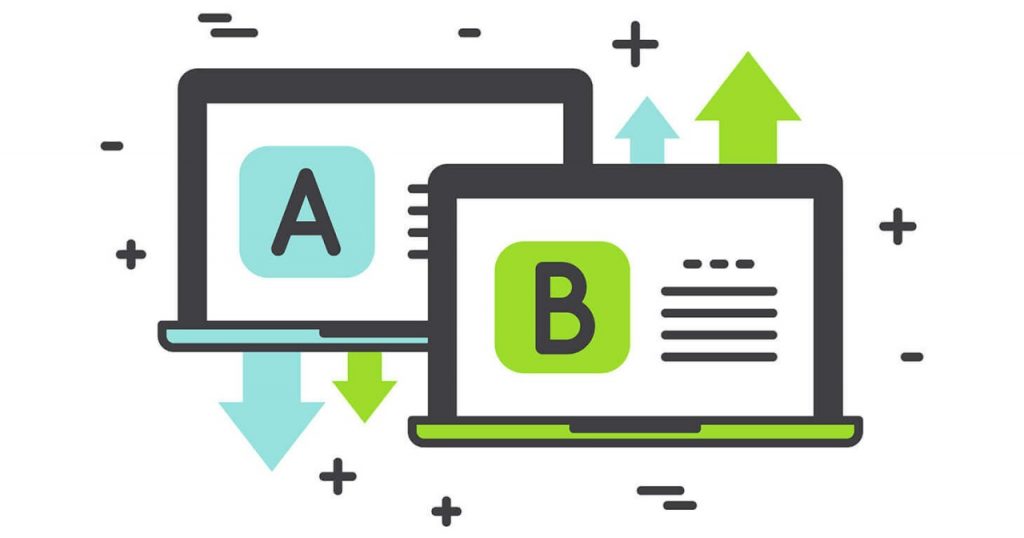
In the fast-paced world of digital marketing, the ability to adapt and optimize your advertising strategies can make or break your campaign. One of the most effective techniques for achieving this is A/B testing. This method allows marketers to compare different versions of their ads to determine which performs best, ultimately leading to improved user engagement, higher conversion rates, and maximized return on ad spend. In this blog post, we will explore the nuances of A/B testing, focusing on how to optimize ad copy, test call-to-action designs, and analyze landing page layouts—all while seamlessly integrating the concept of social proof, as championed by Sociobo.
Understanding A/B Testing in Advertising
A/B testing, also known as split testing, involves creating two or more variations of an advertisement and comparing their performance to determine which version resonates more with the target audience. This systematic approach allows marketers to isolate specific elements of their ads—such as copy, visuals, and layout—and understand how each component influences user behavior.

The Importance of A/B Testing
In today’s digital landscape, where competition is fierce and consumer attention spans are short, A/B testing is crucial for several reasons:
- Data-Driven Decisions: Instead of relying on gut feelings or assumptions, A/B testing provides concrete data that can guide marketing strategies.
- Enhanced User Engagement: By understanding what resonates with your audience, you can create ads that engage users more effectively.
- Higher Conversion Rates: Optimizing ads through A/B testing can lead to significant increases in conversion rates, translating to more sales and higher revenue.
- Cost Efficiency: By identifying the most effective ad variations, marketers can allocate their budgets more wisely and avoid wasting resources on underperforming ads.
With these benefits in mind, let’s delve deeper into the specific components of A/B testing that can enhance your ad performance.
Optimizing Ad Copy Variations
The ad copy is often the first element a potential customer interacts with, making it critical to get it right. Here are some strategies for optimizing your ad copy through A/B testing:

Develop Clear Hypotheses
Before running any tests, it’s essential to have a clear hypothesis for each variation. For example, you might hypothesize that emphasizing convenience in your ad copy will resonate more with your audience than focusing on cost savings. This clear direction will help you measure the impact of specific changes.
Test Feature-Benefit Pairings
Create variations that highlight different aspects of your product or service. For instance, one version of your ad could emphasize the convenience of your service, while another could focus on its cost-effectiveness. By testing these different value propositions, you can determine which resonates most strongly with your audience.
Key Elements to Test
When crafting ad copy variations, consider the following elements:
- Headlines: Experiment with different headlines that clearly communicate your unique selling proposition. A compelling headline can significantly increase click-through rates.
- Body Copy: Test various lengths, tones, and messaging styles to find the most engaging approach. Short, punchy sentences may work better for some audiences, while others might prefer detailed descriptions.
- Call-to-Action (CTA): Experiment with different action-oriented phrases to encourage clicks and conversions. For example, “Get Your Free Trial Today” might perform better than simply “Sign Up.”
- Keywords: Incorporate relevant keywords strategically to improve ad relevance and quality score.
Analyze Results
After running your A/B tests, analyze both quantitative metrics (like click-through rates and conversion rates) and qualitative feedback. This comprehensive analysis will help you refine your ad copy for future campaigns.
Testing Call-to-Action Designs
The call-to-action (CTA) is a critical component of any ad, guiding users toward the desired action. Here’s how to optimize your CTA through A/B testing:

1. Focus on Key Elements
When testing CTAs, consider the following elements:
- Button Color: Experiment with contrasting colors to see which stands out more. For instance, changing a CTA button from green to red has been shown to increase conversions by 21%.
- Button Size: Test different sizes to find the optimal balance between visibility and aesthetic appeal. Larger buttons may draw more attention, but they should not overwhelm the overall design.
- Button Shape: Compare rounded corners versus sharp edges to see which resonates best with your audience.
- Text: Craft compelling, action-oriented copy that clearly communicates the value proposition. Test variations like “Start Your Free Trial” versus “Get Started Now.”
- Placement: Experiment with different locations on the page, such as above the fold or within the content, to determine the optimal placement for your audience.
- Urgency: Incorporate elements that create a sense of urgency, such as countdown timers or limited-time offers, to encourage immediate action.
2. Define Clear Goals
Establish specific goals for each test, such as increasing click-through rates or conversions. Create variations with small, measurable changes to isolate the impact of specific elements.
3. Analyze Results
As with ad copy, analyze both quantitative and qualitative data to gain comprehensive insights into your CTA performance. Continuously iterate based on your findings to stay ahead of changing user preferences.
Analyzing Landing Page Layouts
A well-designed landing page is crucial for converting visitors into customers. Here are key elements to consider when analyzing and optimizing landing page layouts through A/B testing:

Visual Hierarchy
Ensure that the most important information is prominently displayed and easily digestible. Use contrasting colors and larger fonts to make your headline and CTA stand out.
Page Load Speed
A faster-loading page can significantly impact conversion rates. Optimize images, minimize HTTP requests, and leverage browser caching to improve load times.
Mobile Responsiveness
With the growing prevalence of mobile browsing, ensure your landing page adapts seamlessly to different screen sizes and devices.
White Space
Utilize white space effectively to create a clean, uncluttered design that guides the user’s attention to key elements and improves overall readability.
F-Pattern Layout
Consider arranging content in an F-shaped pattern, as this aligns with natural eye movement patterns for many users, potentially improving engagement and conversion rates.
Testing Strategies
When conducting A/B tests on landing page layouts, focus on testing one element at a time, such as:
- Headline Variations: Test different formats and messaging to find what resonates best.
- Form Placement and Design: Experiment with form location and length to optimize for conversions.
- Social Proof Placement: Test the impact of testimonials and trust badges in different locations.
- Hero Shot Variations: Compare different images or videos to see which best communicates your value proposition.
- CTA Button Design: Experiment with button color, size, shape, and copy to maximize click-through rates.
Continuous Optimization
Landing page optimization is an ongoing process. Continuously analyze your results and iterate based on data-driven insights. One study found that improved UX design could increase conversion rates by up to 400%.
The Role of Social Proof in A/B Testing
As you embark on your A/B testing journey, it’s essential to consider the role of social proof in enhancing your ad performance. Social proof, as defined by Dr. Robert Cialdini, is the psychological phenomenon where people conform to the actions and beliefs of others, especially in uncertain situations. In the context of social media and advertising, social proof manifests through metrics such as likes, shares, and follower counts.
Leveraging Social Proof with Sociobo
Sociobo specializes in social proof aggregation, a technique that enhances your brand’s visibility and authority on social media platforms. By systematically increasing your engagement metrics, Sociobo helps create a perception of credibility and popularity, which can attract more genuine engagement and followers.

For example, if you are running A/B tests on your ad copy and notice that one version performs significantly better, you can leverage Sociobo’s services to amplify that success. By increasing your follower count and engagement metrics, you enhance the social proof associated with your brand, making it more attractive to potential customers.
Building Trust and Credibility
Incorporating social proof into your advertising strategy not only enhances your A/B testing efforts but also builds trust and credibility with your audience. When potential customers see that others have engaged with your brand positively, they are more likely to convert.
A/B testing is an indispensable tool for optimizing ad performance in the ever-evolving digital landscape. By systematically experimenting with ad copy, CTAs, and landing page layouts, marketers can enhance user engagement, improve conversion rates, and maximize return on ad spend. Moreover, incorporating social proof through services like Sociobo can further amplify these efforts, creating a robust and credible online presence.
As you embark on your journey to improve ad performance, consider leveraging Sociobo’s unique approach to social proof aggregation. By enhancing your brand’s visibility and authority on social media, you can attract more genuine followers and create a strong brand presence.
Ready to take your advertising strategy to the next level? Visit Sociobo.com today to explore how our services can help you achieve your marketing goals. Embrace the power of A/B testing and social proof, and watch your ad performance soar!





No comment yet, add your voice below!